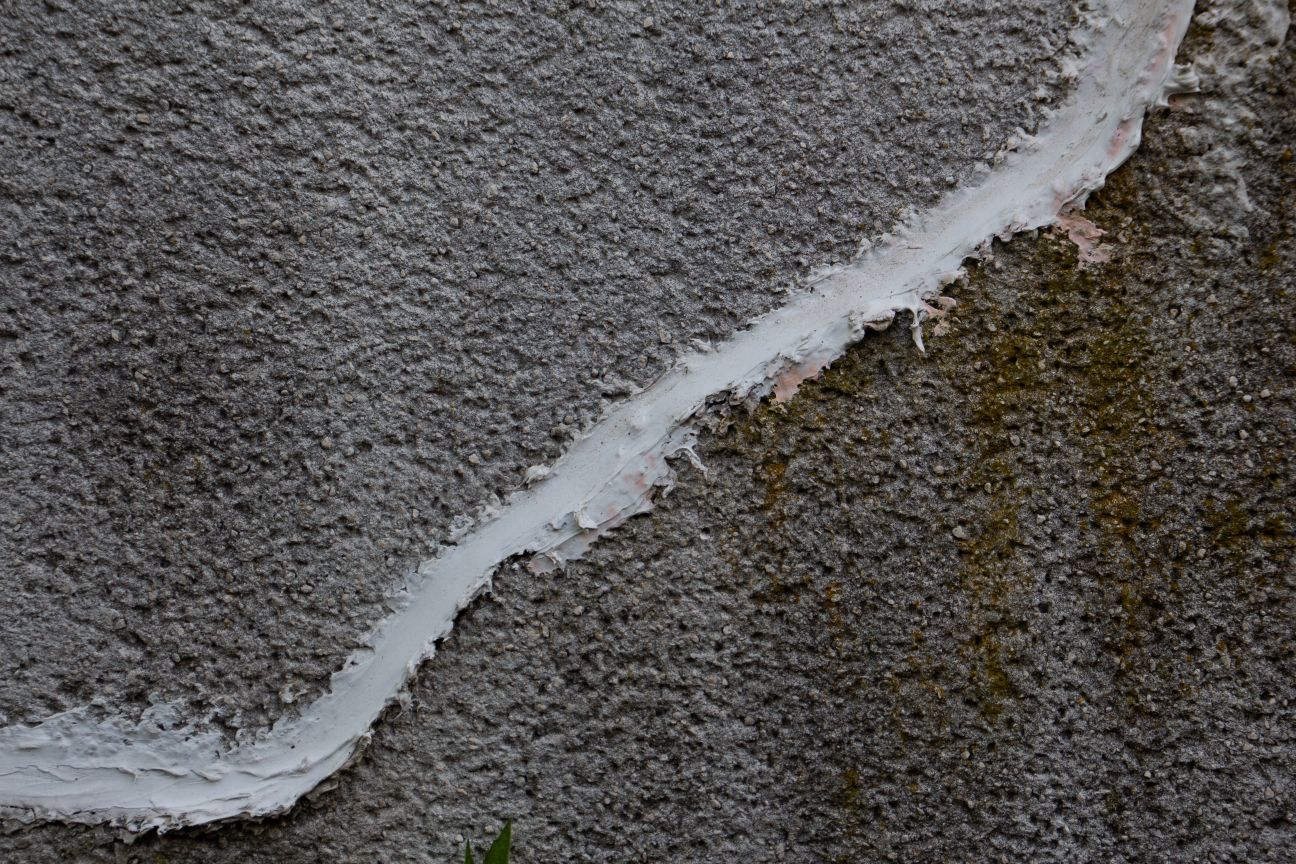Can Epoxy Be Used to Repair a Concrete Wall?

If you have cracked concrete walls, you may wonder: Can epoxy be used to fix them? The answer depends on the cause of the crack. If the crack is shallow, you can simply inject the epoxy. If the crack is deep, you may want to inject the epoxy quite deep into the crack. If you want to fix a large crack, you should address the cause of the crack before applying the epoxy. You may also consider hiring an epoxy professional.
Low-pressure injection
Low-pressure injection of epoxy for concrete wall repairs is a process in which a fluid is injected into a crack using a compression tool. The injection is performed at a low pressure through injection ports installed along the crack path. A paste of epoxy is applied to prevent the injection material from flowing out of the crack. The epoxy is injected through the first port at the base of the crack and gradually works up to the next port until the entire crack is filled. The port is removed if desired. The entire procedure takes about four steps, starting with crack injection.
When applied correctly, low-pressure injection will provide the best bond possible between the crack and the epoxy. The epoxy is stronger than concrete, so it is often recommended by structural engineers for large structural cracks. The addition of carbon fiber will prevent the crack from recurring, and epoxy will prevent its compression. Once cured, epoxy will hold the concrete together while preventing future cracking. If you are unsure about the amount of epoxy needed, use an online volume calculator to determine the proper amount.
Using Elasta Gel 6170 Epoxy
If you have a structural crack in a concrete wall, you may be interested in learning about how to use Emecole Epoxy to repair the damage. Many foundation repair specialists stand by it. Emecole Epoxies will not expand or shrink like polyurethane foam, and they form a stronger bond with the concrete than polyurethane. The products that make up this company are designed to work as an adhesive in concrete repair applications, and they come in several unique formulations.
Proper placement of epoxy filler
If you're considering using epoxy filler to repair a concrete wall, you'll want to be sure that you choose the right material. Unlike control joint fillers, epoxy is less flexible and may not be appropriate for some cracks. Luckily, there are a number of options available. These include epoxy injection, drilling and plugging, stitching the crack, and using cement mortar grout.
Before applying epoxy, you should clean any contaminated cracks or areas. If there are any contaminants present, they prevent the epoxy from bonding and penetrating. Make sure to vacuum the area thoroughly and flush it with water. Next, seal any surfaces to prevent the epoxy from leaking. To prevent leakage, you can use a sealant such as a sub base or backfill material.
Creating a waterproof barrier with epoxy
Epoxy resin is an excellent material for a wide variety of construction needs. Its properties range from fast to slow setting. You can also use it to make a waterproof barrier and a layer that will resist corrosion. Because of this versatility, epoxy resin is used in numerous construction projects, including marine repair, automobile repairs, high-tech fabrication, and even home repair. A skilled engineer can use epoxy to create a waterproof barrier for a variety of applications.
Concrete floors without a moisture vapor barrier will almost always have moisture vapor escaping from water beneath. This is because concrete is mineral-rich and contains tiny channels and voids that make it the perfect vehicle for moisture migration. Hard substances like concrete, fiberglass, and epoxy will all experience moisture problems if not properly protected. In fact, even if the flooring is waterproof, moisture will still leak. For this reason, installing epoxy in the bathroom is a good idea.
